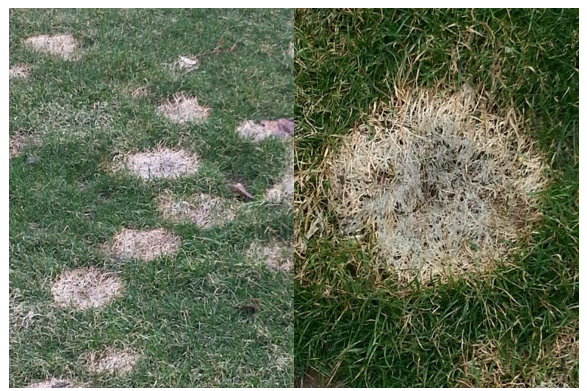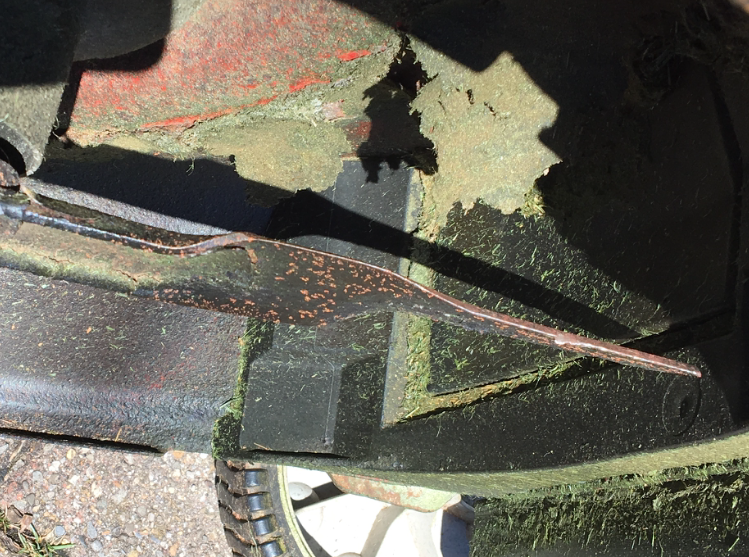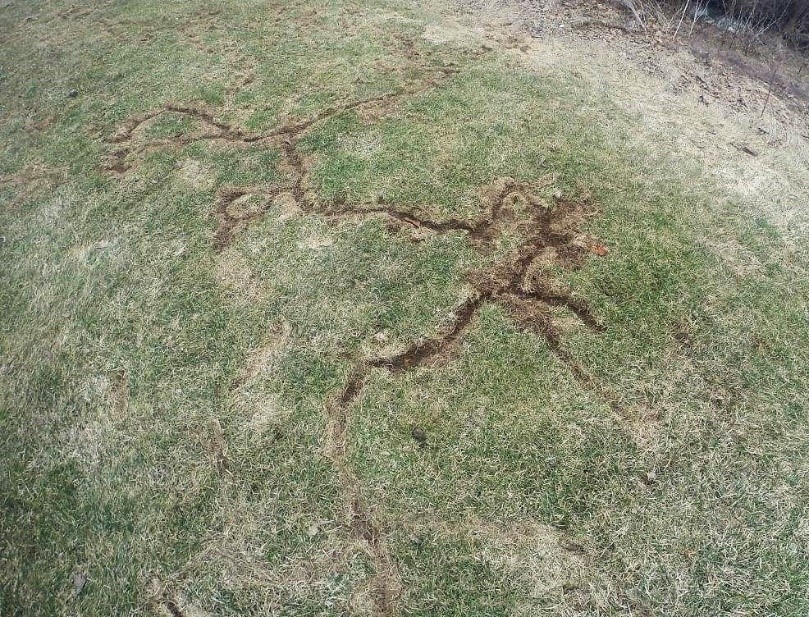Snow Mold Disease
Last Updated on April 20, 2025 After a snow storm your yard looks pretty and picturesque, like a Bob Ross landscape painting! But underneath this serene scene there is a lot going on with your grass; including dreaded diseases! Snow mold is a fungal disease that can become active on turf under the cover of […]




